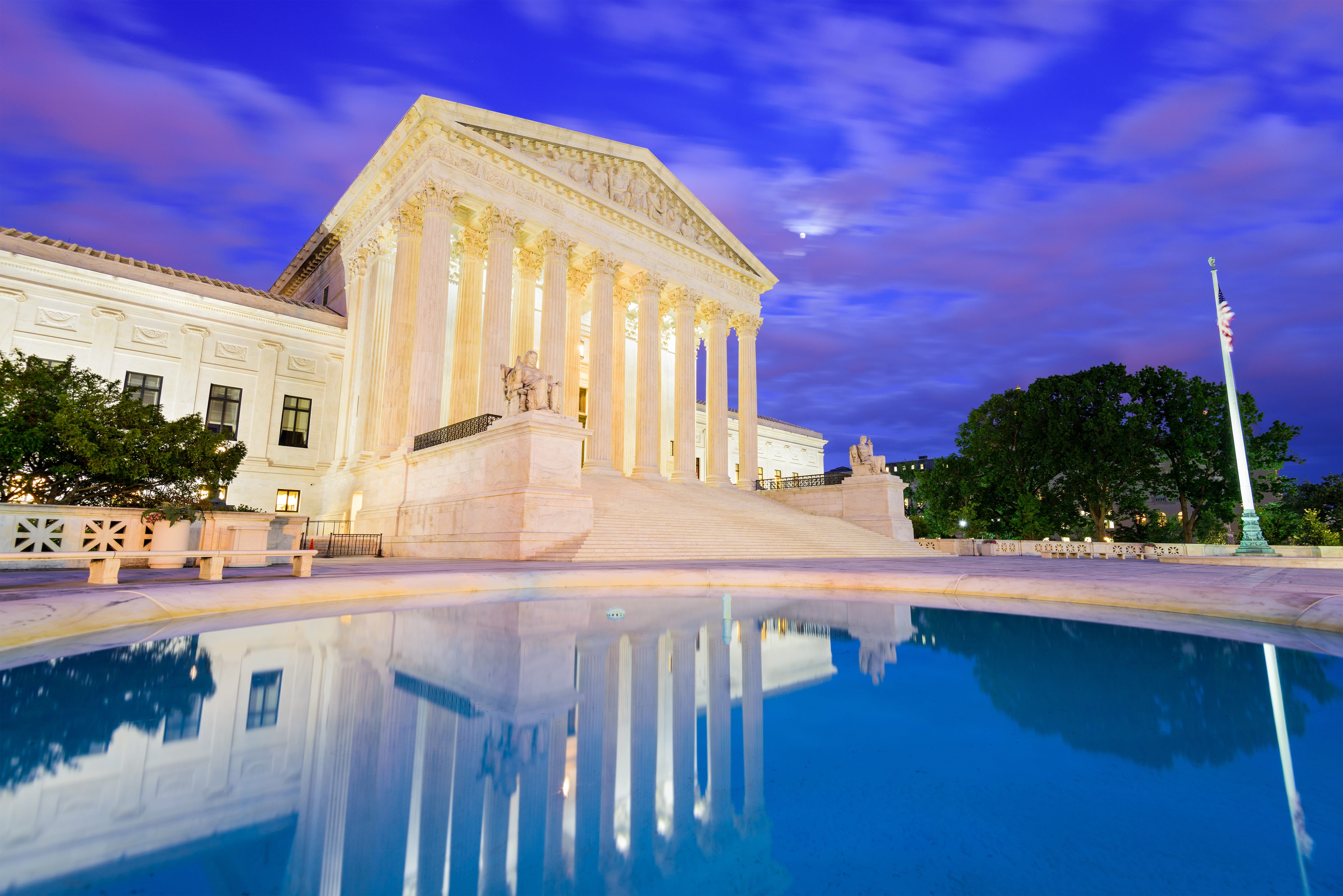Federal Circuit denies Cellect’s en banc petition, maintaining impact of obviousness-type double-patenting on patent term adjustment
The Federal Circuit has closed the door on possible reconsideration of its precedential decision in In re: Cellect, LLC 2022-1293, 2022-1294, 2022-1295, 2022-1296 (Fed. Cir. Aug. 28, 2023).
In August 2023, the circuit had ruled that a terminal disclaimer can function to cut off any extension of patent term granted through an award of patent term adjustment (PTA). Its denial in January 2024 of Cellect’s en banc petition seeking a rehearing thus ends the matter, unless the Supreme Court decides to take up the case.
The In re: Cellect case has garnered much attention because the Federal Circuit has ruled differently on the impact of terminal disclaimers on patents with terms that are extended by PTA or patent term extension (PTE), both of which are a statutory right, and its broad impact on the validity and term of numerous patents. Twelve amicus curiae briefs were filed, several of which supported Cellect’s petition. The United States Patent and Trademark Office (USPTO) also filed a brief asserting that, unlike PTE, the statutory framework of PTA contains an express limitation on PTA for patents that have been terminally disclaimed, providing that “[n]o patent the term of which has been disclaimed beyond a specified date may be adjusted under this section beyond the expiration date specified in the disclaimer.”[1] The Federal Circuit has previously ruled that PTE, which is awarded to restore patent term lost while the patent owner goes through the FDA approval process, can extend patent term beyond the disclaimed term resulting from a terminal disclaimer.[2]
Obviousness-type double-patenting (ODP) is a judicially created doctrine intended to prevent an improper time-wise extension of a patent right by preventing the issuance to an inventor of claims in a second patent which is not “patentably distinct” (eg, small modifications or obvious variations of the same invention) from the claims of a first patent.[3] ODP can arise during prosecution of a patent application where a rejection of the pending claims can be made in view of the claims of patents or patent applications that have at least one common inventor, that are commonly owned or if not commonly owned, subject to a joint research agreement under 35 U.S.C. § 103(c)(2)(3).[4] It can also arise during patent infringement litigation where ODP is used as a ground for invalidating one or more claims of a patent that otherwise meet the same common inventorship or ownership requirements.[5]
Terminal disclaimers can be used to overcome ODP rejections if there is common ownership or if a joint research agreement is in place and has the effect of affirmatively disclaiming any term of a second patent beyond the term of the first patent.[6] When both patents have the same expiration (eg, both patents come from the same patent family and share a common priority date), the use of terminal disclaimers is an efficient method for dispensing with ODP rejections.
The use of terminal disclaimers can have a significant impact on patent term when the patent or patent application rejected under ODP does not have the same expiration date as the patent which forms the basis of the ODP rejection. This occurs when the patents come from different families and do not share a common priority date or when they belong to the same family but one of the patents has been awarded PTA. The use of terminal disclaimers when one patent has been awarded PTA is now problematic in view of the In re: Cellect, LLC decision and will result in a loss of the PTA awarded to the patent.
In another recent case, the Federal Circuit affirmed a Patent Trials and Appeal Board (PTAB) decision that would appear to provide clarity on a mechanism for overcoming ODP rejections. In re: Institut Pasteur, No. 2022-1896 (Fed. Cir. Dec. 13, 2023). In its decision, the Federal Circuit affirmed the PTAB’s strict application of ODP, reiterating that when unexpected results or long-felt need are used to rebut a prima facie case of obviousness, those results must be shown to be unexpected compared to the applicant’s own earlier patent claims and not the closest prior art, and the court supported the use of inherency to fill in a missing claim limitation as part of the obviousness analysis.
ODP will continue to be a challenge for patent owners, especially those in the pharmaceutical industry. There may, however, be a glimpse of hope, in that the impact of ODP on PTA might be limited to specific scenarios. A recent decision coming out the District Court for the District of Delaware suggest that the In re: Cellect LLC decision may not be as far-reaching as it seems and perhaps would only apply to later-filed obvious variations of earlier-filed commonly owned claims.[7] That decision states that if a later-filed patent is used as an ODP reference, “the logic and purpose of ODP is flipped on its head: rather than preventing a patent owner from unjustifiably extending the term of a patent, ODP would operate to cut off a patent term that would have been valid but for a later-filed patent.”
It has been suggested that the Supreme Court may take up the issue of ODP and its impact on PTA, ultimately providing a definitive ruling, but, for the time being, a terminal disclaimer cuts off any extension of patent term granted through an award of PTA.
For now, patent owners should work with their patent counsel and consider strategies to avoid ODP rejections during patent prosecution, including the use of divisional applications which, if used correctly, are protected from ODP rejections. A careful review of patent portfolios would also help patent owners identify patents that are at risk of being challenged on the basis of ODP.
Learn more about the implications of this development by contacting any of the authors or your usual DLA Piper relationship attorney.
[1] In re Cellect, 81 F.4th at 1227; 35 U.S.C. §154(b)(2)(B)
[2] Merck & Co. v. Hi-Tech Pharmacal Co., Inc., 482 F.3d 1317 (Fed. Cir. 2007); see also Novartis AG v. Ezra Ventures LLC, 909 F.3d 1367, 1373 (Fed. Cir. 2018).
[3] In re Lonardo, 119 F.3d 960, 965 (Fed. Cir. 1997).
[4] See MPEP § 804 and In re Hubbell, 709 F.3d 1140 (Fed Cir. 2013).
[5] See eg, Symbol Techs., Inc. v. Opticon, Inc., 935 F.2d 1569, 1580 (Fed. Cir. 1991); Geneva Pharms. Inc. v. GlaxoSmithKline PLC, 349 F.3d 1373, 1377-78 (Fed. Cir. 2003).
[6] 35 U.S.C. § 253 and 37 C.F.R. § 1.321; In re Longi, 759 F.2d at 894; Ortho Pharm. Corp. v. Smith, 959 F.2d 936, 980 (Fed. Cir. 1992).
[7] ACADIA Pharms. Inc. v. Aurobindo Pharma Ltd., No. 20-985-GBW, 2023 U.S. Dist. LEXIS 221663, at *21 (D. Del. Dec. 13, 2023).



